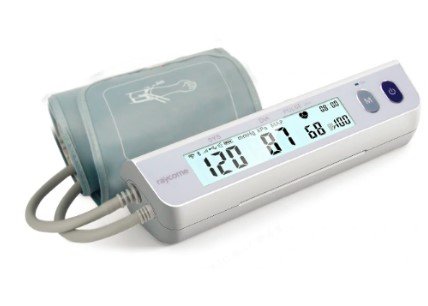Implementing Lab-On-A-Chip Devices for Efficient Mass Testing in Medical Laboratories: Challenges and Recommendations
Summary
- Lab-on-a-chip devices offer the potential for efficient and cost-effective mass testing in medical laboratories in the United States.
- However, there are several challenges that medical laboratories face when implementing lab-on-a-chip devices, including regulatory hurdles, standardization issues, and cost concerns.
- By addressing these challenges and investing in the necessary infrastructure, medical laboratories can leverage the benefits of lab-on-a-chip technology to improve patient care and public health outcomes.
Introduction
Medical laboratories play a crucial role in the diagnosis, monitoring, and treatment of diseases. With advances in technology, lab-on-a-chip devices have emerged as a promising solution for improving the efficiency and accuracy of testing in medical laboratories. These miniature analytical devices integrate multiple laboratory functions onto a single chip, offering the potential for rapid and high-throughput testing.
Challenges in Implementation
Regulatory Hurdles
One of the primary challenges that medical laboratories face when implementing lab-on-a-chip devices for mass testing is navigating the complex regulatory landscape. The Food and Drug Administration (FDA) regulates medical devices in the United States to ensure their safety and effectiveness. Obtaining FDA approval for lab-on-a-chip devices can be a lengthy and costly process, as manufacturers need to demonstrate the device's analytical performance, reliability, and safety.
Standardization Issues
Another challenge is the lack of standardized protocols for lab-on-a-chip testing. Each manufacturer may have its own proprietary technology and protocols, making it difficult for medical laboratories to compare results across different devices. Standardization is crucial for ensuring the accuracy and reproducibility of Test Results, as well as for facilitating data sharing and collaboration between laboratories.
Cost Concerns
Cost is also a significant barrier to the widespread adoption of lab-on-a-chip devices in medical laboratories. While these devices offer the potential for cost savings through increased efficiency and reduced sample volumes, the initial investment in equipment and training can be prohibitive for some laboratories. Additionally, ongoing maintenance and consumable costs can add up over time, making it challenging for smaller laboratories to justify the expense.
Benefits of Lab-on-a-Chip Technology
Despite these challenges, lab-on-a-chip technology offers several benefits for medical laboratories, including:
- Rapid Testing: Lab-on-a-chip devices enable rapid and high-throughput testing, allowing laboratories to process a large number of samples in a short amount of time.
- Reduced Sample Volumes: These devices require smaller sample volumes, which can be particularly beneficial for pediatric or elderly patients who may have difficulty providing large blood samples.
- Automation: Lab-on-a-chip devices can automate various laboratory processes, reducing the potential for human error and improving the accuracy of Test Results.
Recommendations for Implementation
Medical laboratories can overcome the challenges of implementing lab-on-a-chip devices by taking the following steps:
- Collaborate with Regulatory Agencies: Work closely with the FDA and other regulatory agencies to navigate the approval process for lab-on-a-chip devices. Collaborating with regulators can help laboratories understand and meet the necessary requirements for compliance.
- Standardize Protocols: Develop standardized protocols for lab-on-a-chip testing to ensure consistency and reliability across different devices. Collaborate with manufacturers and other laboratories to establish best practices for testing and data interpretation.
- Invest in Training and Infrastructure: Allocate resources for training staff on how to use and maintain lab-on-a-chip devices effectively. Invest in the necessary infrastructure, such as data management systems and Quality Control measures, to support the implementation of this technology.
Conclusion
While implementing lab-on-a-chip devices for mass testing in medical laboratories in the United States is not without its challenges, the potential benefits of this technology make it a worthwhile investment. By addressing regulatory hurdles, standardization issues, and cost concerns, medical laboratories can leverage the advantages of lab-on-a-chip technology to improve patient care and public health outcomes.

Disclaimer: The content provided on this blog is for informational purposes only, reflecting the personal opinions and insights of the author(s) on the topics. The information provided should not be used for diagnosing or treating a health problem or disease, and those seeking personal medical advice should consult with a licensed physician. Always seek the advice of your doctor or other qualified health provider regarding a medical condition. Never disregard professional medical advice or delay in seeking it because of something you have read on this website. If you think you may have a medical emergency, call 911 or go to the nearest emergency room immediately. No physician-patient relationship is created by this web site or its use. No contributors to this web site make any representations, express or implied, with respect to the information provided herein or to its use. While we strive to share accurate and up-to-date information, we cannot guarantee the completeness, reliability, or accuracy of the content. The blog may also include links to external websites and resources for the convenience of our readers. Please note that linking to other sites does not imply endorsement of their content, practices, or services by us. Readers should use their discretion and judgment while exploring any external links and resources mentioned on this blog.
